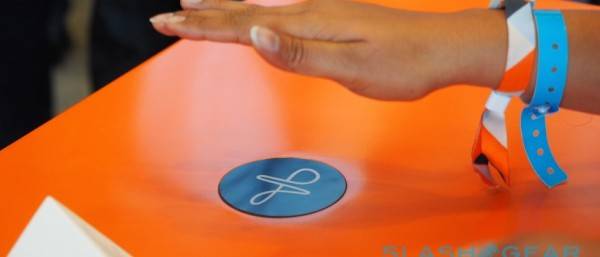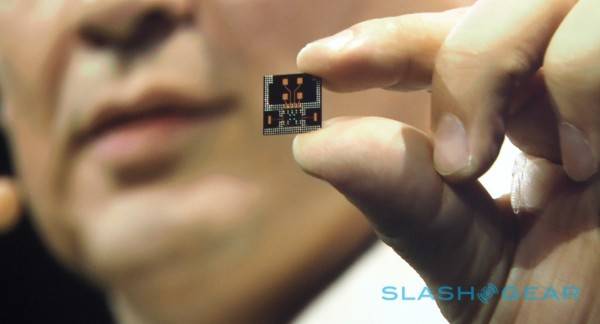
Here’s the problem – devices are getting smaller and smaller that it’s getting more difficult by the generation to design ways of interacting or interfacing with them that are natural and logical, not to mention simple enough to create. Here is where Project Soli comes in, another one of the cool things coming out of this year’s Google I/O. Project Soli integrates radar technology with the motive of easier interaction with small wearable devices.

In its most basic form, Project Soli is a radar chip capable of very precise tracking of hand and finger gestures. In the search for better control of wearable devices, Ivan Poupyrev of the ATAP team dismisses current technology like capacitive buttons because those couldn’t detect overlapping fingers. Visible light methods fail because these are unable to detect motions through other materials and substances. The tech that fit the bill was radar.

Smartwatches and wearables are difficult to control because the tech can’t match the accuracy of our hands and fingers. “Our hand is an amazing instrument, it’s very fast and precise, particularly when we’re using tools which take advantage of our fingers,” Poupyrev explained. “If you measure the bandwidth from our context to the tip of our fingers, it’s 20x that to our elbow.”
This is why Google ATAP is so excited about Project Soli’s potential. Google cooked up a special radar chip design that is small enough to be a component of a wearable. The detection values are amazing – hold your hand over the top, it can track movement and identify individual fingers, and the individual motions of each. Google feeds the detection data into a machine that figures out what gestures are being made.

The demo shows us the capabilities – you could actually twiddle a virtual dial with your fingers done in incredible precision. Combine it with sensors woven into fabric, or to a watch interface, around the strap, or even into furniture, the possibilities are now huge. Google ATAP’s next milestone will be a kit designed for developers, probably available later this year. Potential game changer? Yes, but it will need developers who are crazy smart in catching up with what the technology can potentially do.
VIA: SlashGear









